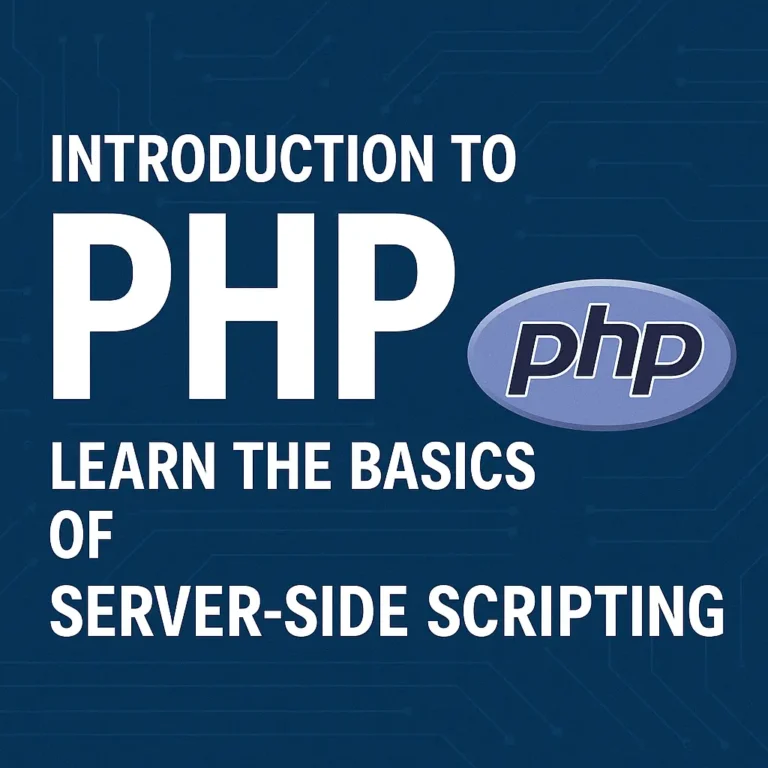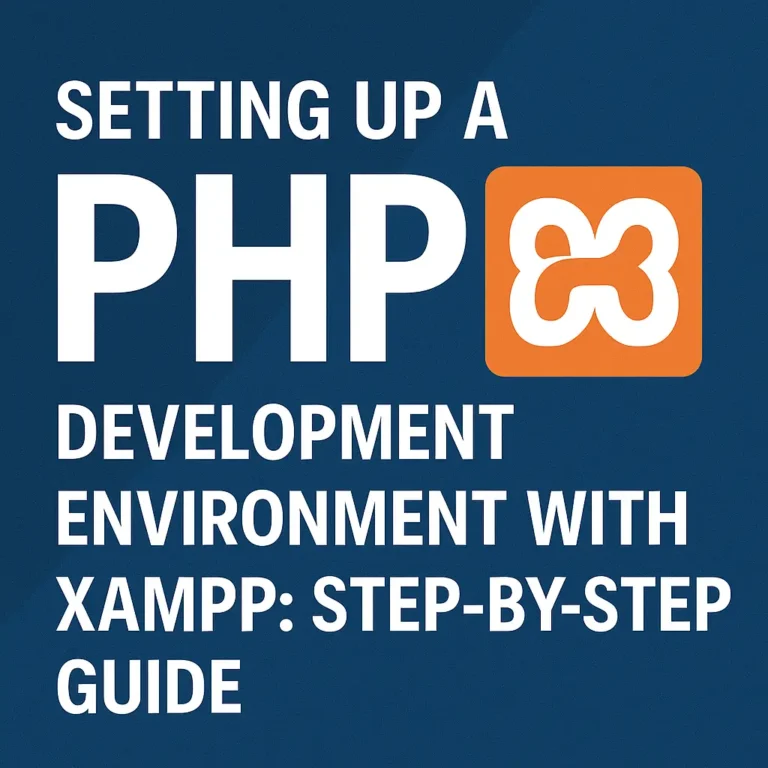PHP, being a server-side scripting language, offers powerful capabilities for creating and manipulating JSON data. In this comprehensive guide, we’ll embark on a journey through the intricacies of generating JSON in PHP, covering everything from the basics of JSON creation to advanced techniques for crafting complex JSON structures. Through detailed explanations and practical code examples, you’ll gain a solid understanding of JSON generation in PHP and learn how to wield its power to build dynamic and data-rich web applications.
Creating JSON in PHP
Basic JSON Construction
PHP provides a straightforward way to create JSON data using arrays or objects and then encoding them into JSON format using the json_encode() function.
Using Arrays
<?php
$data = [
"name" => "John Doe",
"age" => 30,
"is_active" => true
];
$json = json_encode($data);
echo $json;
?>
Output:
{"name":"John Doe","age":30,"is_active":true}
Using Objects
<?php
$obj = new stdClass();
$obj->name = "John Doe";
$obj->age = 30;
$obj->is_active = true;
$json = json_encode($obj);
echo $json;
?>
Output:
{"name":"John Doe","age":30,"is_active":true}
Handling Nested Data
JSON can represent nested data structures, such as arrays of objects or objects containing arrays. PHP allows you to construct such complex data structures and encode them into JSON format seamlessly.
<?php
$data = [
"name" => "John Doe",
"age" => 30,
"is_active" => true,
"friends" => ["Alice", "Bob", "Charlie"],
"address" => [
"city" => "New York",
"country" => "USA"
]
];
$json = json_encode($data);
echo $json;
?>
Output:
{
"name": "John Doe",
"age": 30,
"is_active": true,
"friends": ["Alice", "Bob", "Charlie"],
"address": {
"city": "New York",
"country": "USA"
}
}
Advanced JSON Generation Techniques
Customizing JSON Output
PHP provides options for customizing the JSON output, such as specifying the encoding options and handling of special characters.
Encoding Options
<?php
$data = [
"name" => "John Doe",
"age" => 30
];
// Add JSON_PRETTY_PRINT option for human-readable output
$json = json_encode($data, JSON_PRETTY_PRINT);
echo $json;
?>
Output:
{
"name": "John Doe",
"age": 30
}
Handling Special Characters
<?php
$data = [
"name" => "John \"Doe\"",
"age" => 30
];
// Use JSON_UNESCAPED_SLASHES to prevent escaping slashes
$json = json_encode($data, JSON_UNESCAPED_SLASHES);
echo $json;
?>
Output:
{
"name": "John \"Doe\"",
"age": 30
}
Generating JSON from Database Queries
PHP allows you to fetch data from a database and encode it into JSON format effortlessly, enabling seamless integration with front-end applications.
<?php
// Connect to database
$conn = new mysqli("localhost", "username", "password", "database");
// Fetch data from database
$result = $conn->query("SELECT * FROM users");
// Convert result set to array
$data = [];
while ($row = $result->fetch_assoc()) {
$data[] = $row;
}
// Encode data into JSON format
$json = json_encode($data);
echo $json;
?>
Creating JSON from External APIs
PHP can consume data from external APIs and transform it into JSON format, facilitating integration with third-party services.
<?php
// Fetch data from external API
$response = file_get_contents("https://api.example.com/data");
$data = json_decode($response, true);
// Manipulate data if necessary
// Encode data into JSON format
$json = json_encode($data);
echo $json;
?>
Best Practices
Ensure Valid JSON: Validate generated JSON to ensure it conforms to the JSON specification and is valid.
Handle Errors Gracefully: Check for errors when generating JSON and handle them gracefully to prevent unexpected behavior.
Optimize Data Structures: Choose appropriate data structures and encoding options to optimize the size and readability of generated JSON.
Protect Against XSS: When outputting JSON in web applications, ensure proper escaping to prevent cross-site scripting (XSS) attacks.
Conclusion
Generating JSON in PHP is a fundamental skill for web developers, enabling them to exchange data seamlessly between client and server applications. In this guide, we explored the basics of JSON creation in PHP, including constructing JSON from arrays or objects and handling nested data structures. We also delved into advanced techniques for customizing JSON output, generating JSON from database queries, and consuming data from external APIs. By following best practices and leveraging PHP’s powerful JSON generation capabilities, you can build dynamic and data-rich web applications that communicate effectively with client-side technologies.
<?php
// Example PHP code demonstrating JSON creation
$data = [
"name" => "John Doe",
"age" => 30,
"is_active" => true
];
$json = json_encode($data);
echo $json;
?>
This PHP script demonstrates basic JSON creation using PHP’s json_encode() function. By constructing JSON data from arrays or objects, you can seamlessly exchange data between PHP and client-side applications. By incorporating these techniques into your PHP projects, you can effectively leverage the power of JSON to build dynamic and interactive web applications.






